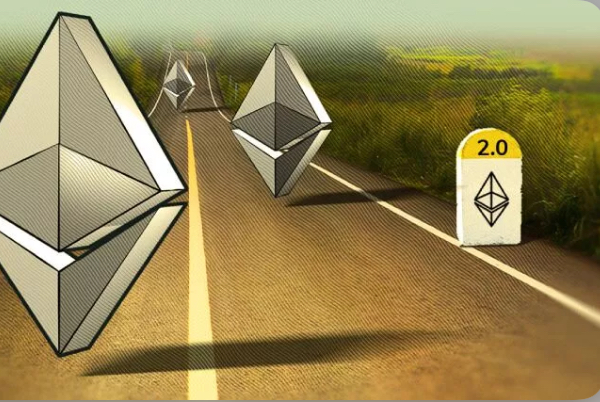StakeWise, a proof-of-stake app, will collaborate with Deutsche Telekom’s MMS.
Ethereum’s proof-of-work consensus method was replaced with a proof-of-stake model.
German telecom giant Deutsche Telekom, T-Mobile’s parent firm, has committed to operating a validator to facilitate staking on the Ethereum network.
The news was officially announced by the German telecoms firm on Thursday through a press release. According to the press announcement, “DT’s subsidiary, T-Systems MMS provides the Ethereum Network with infrastructure in the form of validation nodes.”
Validators Entry
StakeWise, a proof-of-stake app, will collaborate with Deutsche Telekom’s MMS to manage a pool. Moreover, users may now take part in staking and transactions without the need for a central validator. Furthermore, this is aligned with Ethereum’s transition to Proof-of-Stake earlier this month, removing the need for miners and instead adding validators.
Dirk Röder, Head of Blockchain Solutions Center at T-Systems MMS says:
“Our cooperation partner StakeWise collects individual Ether tokens from many different owners and merges them into validator nodes. These validator nodes are provided and operated as infrastructure by T-Systems MMS. Staked Ether tokens remain available to the owner in this construct – liquid – and can be used in other Decentralized Finance (DeFi) applications.”
Furthermore, with the new validator, Stakewise anticipates an uptick in Ethereum Network usage and financial transactions. Moreover, also expressing his delight in the new collaboration was Kirill Kutakov, co-founder of StakeWise.
Kirill stated:
“We are [therefore] pleased that T-Systems MMS, as an infrastructure provider, is giving our protocol more reliability and making the Ethereum ecosystem safer overall.”
In addition, Deutsche Telekom will make more announcements, maybe even revealing a release date. Ethereum’s proof-of-work consensus method was replaced with a proof-of-stake model as part of The Merge, a technological update. Furthermore, Ethereum hopes to reduce its carbon footprint and pave the way for future scalability enhancements with this change.

